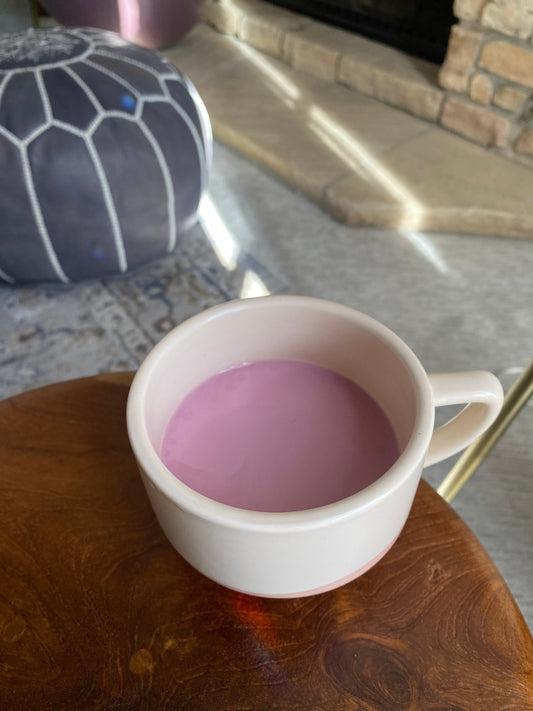Earlier this week, I was focusing a bit of attention on our wooden tea boxes. These items always intrigued me because they are so sturdy and yet incredibly, almost unbelievably, lightweight. Aside from this, just the other day I discovered my youngest son alternating between beating a mini Tea Drops box on the ground like a drum and happily chewing on it. Believe me, these little boxes are made of some pretty tough stuff. (I since also learned that they are very resilient to water. And by water, I mean drool.)
As someone who dabbles in woodworking, I was intrigued and had to learn more about this wood and the tree from which our materials are sourced. Believe me, my efforts do not disappoint. So, without further ado, allow me to give you a closer look into the beautiful and hearty Paulownia tree, whose gorgeous and functional wood goes into each of our wooden Tea Drops gift boxes.

Resilient in hot and humid climates, the Paulownia tree can be found all over world. These impressive, fast-growing trees call North America (where it originated), China, regions of Laos, Vietnam, China, Japan, and Korea home and span 40-50 feet in height and blossom with beautiful heart-shaped flowers. Perhaps this is why the tree was given its royal name, after the Queen Consort of The Netherlands and daughter of a Russian Tzar, Anna Paulowna. It is lovingly nicknamed, the "Princess Tree." As you can see, this quite the cosmopolitan, globe-trotting tree!
While its seeds are fragile to soil conditions, once grown, the wood of the tree is incredibly resilient to moisture and humidity. In fact, it is popularly used to fashion surfboards and and boat-building because it is not susceptible to rot. Likewise, its lightweight nature makes it ideal for buoyancy.
Additionally, as a craft wood, Paulownia is incredibly popular. The wood takes well to stain and has been said to take on the look of harder, heavier woods like mahogany and walnut with the right stain. In Korea, China, and Japan, this is a sought after wood for musical instruments due to its strength and weight.
In fact, the Japanese have integrated this lovely "Princess Tree" or "kiri" into a beautiful cultural ceremony worth mentioning: When a baby girl is born, a Paulownia tree is planted. When she marries, the tree is cut down and the wood is used to fashion a dresser or chest for the bride. Fireworks powder, and dye (sourced from its bark) are two fun and unique ways that the world has fallen in love with this affordable and diverse wood.
With all this mind, imagine the inspiring and unique projects that you could fashion using your Tea Drops box after all your tea has been enjoyed. An avid fan of repurposing, I cannot wait to stain one of my boxes my favorite dark shade and put these rave reviews of its diversity to the test.
On that note, if you have DIY-ed or re-imagined your Tea Drops box into a one-of-a-kind masterpiece, I'd love to see them. If you share a photo of your work, please tag us and use #myteadrop so that we can see what you've done.
I always knew there was more to our boxes than what meets the eye but I never expected to learn that they originate from wood absolutely fit for royalty.
Posted by Erin Schwartz







